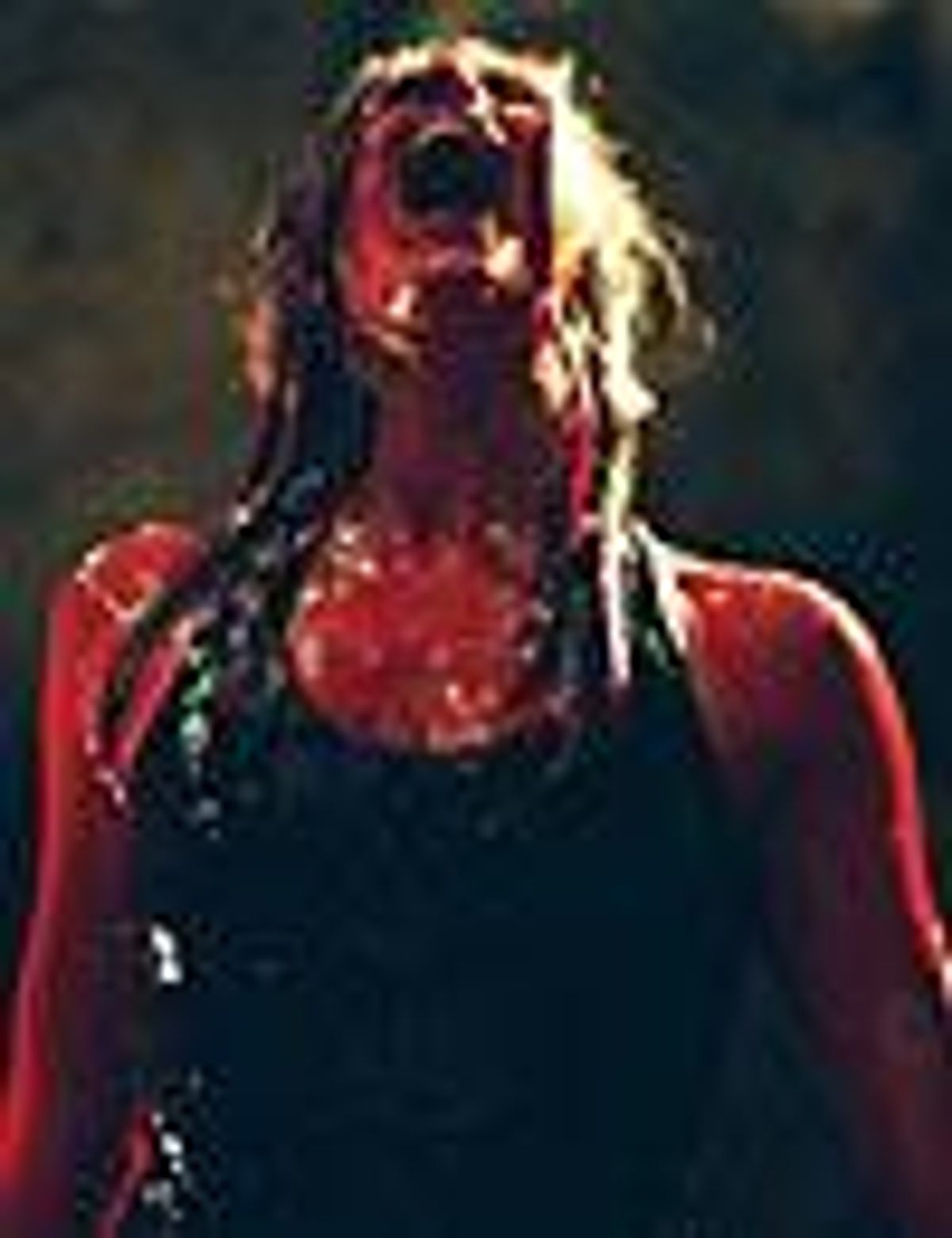
For queer horror fans, The Descent's all-girl premise is an irresistible selling point that doesn't disappoint.
August 09 2006 12:00 AM EST
November 17 2015 5:28 AM EST
Nbroverman
By continuing to use our site, you agree to our Private Policy and Terms of Use.

Can you smell the buzz? I refer to The Descent, the new British sleeper that has horror fans blogging furiously on the film's growing iconic status. Professional journalists seem to be split--the Los Angeles Times trashed The Descent in a review and then printed a rapturous feature on the movie's writer/director the next day. Further mixing messages, the Times placed its Neil Marshall profile right next to a list of the top 10 scariest films of all time.
Turns out both the jaded reviewers and the keyed-up cinephiles are right. The Descent is an innovative and flawed addition to the horror canon, and in a year that saw innumerable remakes, the need for originality can't be overstated.
The premise is scrumptious, especially for gay audiences. Six British friends, all women, nursing a year-old tragedy spelunk down an Appalachian cave in search of healing and adventure. Before long, the ladies are lost, trapped, and being trailed by pasty, barfing cavern people.
While The Descent could have gone the way of Spice World: The Cave, it doesn't: The women speak like adults and dress appropriately (though many of the women are inexplicably swathed in makeup).
There is an attempt at character development, no easy task for a movie forced to devote much of its time to stalking, fake scares, and gore. The two main women--Sara and Juno (played by Shauna MacDonald and Natalie Mendoza, respectively)--are the only ones we really have time to know. Neither character is entirely good, fully evil, wholly brave, or completely weak. Marshall deftly keeps the high drama within the confines of the girls' established relationships, making it unclear who is to be trusted and who will be the hero. Sara and Juno's friendship is fraught with complications, which plays a role in their survival (I'm not saying whether either or both live through their ordeal). The nauseous albinos are mildly scary, but watching the women anxiously determine their various fates prompts a great deal more nail biting.
Anxiety permeates the film through careful pacing and strong acting. Marshall--a knowing director--sprinkles visually stunning images and subtle clues throughout that provide fodder for post-viewing discussion.
Marshall seems to go out of his way to assign gender to his monsters. In a scene that elicited audience cheers, two of the women beat the crap out of a couple of male creatures. They don't just defend themselves: The women brutalize their male attackers with such glee they seem to be paying back the entire sex for every injustice ever wrought. It's pretty fun.
Too bad more money wasn't thrown at this production--special effects are weak, at times "Ed Wood" bad. Some of the scares are too easy as well. These slights should be forgiven because of the ample adrenaline The Descent churns up. Even the bone-chilling poster--though a retread of a Dali painting and evocative of the one-sheet for The Silence of the Lambs--is unsettling. Speaking of Silence, The Descent reminds us in part why Jodie's film was so much fun: A woman saves the day.
Want more breaking equality news & trending entertainment stories?
Check out our NEW 24/7 streaming service: the Advocate Channel!
Download the Advocate Channel App for your mobile phone and your favorite streaming device!